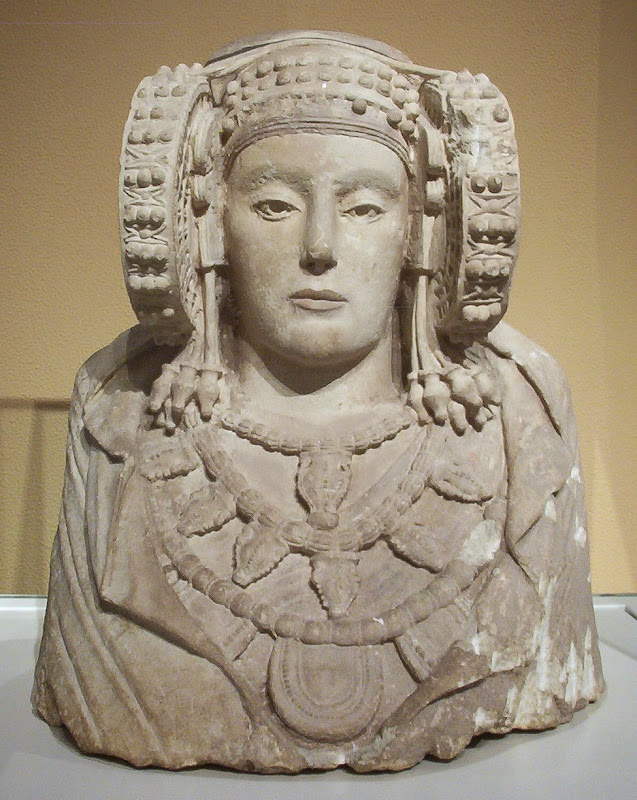Spain's National Archaeological Museum reopens to the public on Tuesday after a massive six-year overhaul that aims to offer a state-of-the-art space for its collection of ancient artefacts.

It has incorporated new audiovisual displays, maps and graphic panels to give greater context to the objects on display, which include Greek vases, Roman mosaics and ancient sacred artefacts.
The collection is spread around two interior courtyards now bathed in natural light thanks to new larger windows.
In the first room visitors will be greeted be two giant walls of images projected onto 350 small screens.
"The idea is to tell the history of the people who lived in the geographical area we now call Spain," said museum director Andres Carretero Perez.
"We did not want to create an exhibition for scholars, we wanted it to be accessible for the greatest number of people and not be dry like history books."
A total of 13,000 objects are on display in 40 rooms in a neoclassical building, in the heart of Madrid, which the museum shares with the National Library.
"All of these objects are important because they were chosen from the 1.25 million objects that are stored at the museum," said Perez.
The 'Lady of Elche'
One of the star attractions is a celebrated Celto-Iberian bust from the fifth century BC known as "The Lady of Elche" depicting the bust of a woman wearing elaborate headgear.

The French government returned it to Spain in 1941 under a deal reached with Spanish dictator Francisco Franco.
The museum also features a reconstruction of Spain's Altamira Caves and their prehistoric wall paintings of bison, horses, deer and animal-headed humans.
The room housing a replica of the remains of 3.2-million-year old female hominid known as "Lucy" features videos that show what life was like during the period when she lived.
The fossilised remains were discovered in 1974 in Ethiopia by US scientist Donald Johanson and they are considered one of the world's most significant archaeological finds.
"The idea is not to see everything all at once. To see everything you would need two full days," said Perez.
The museum was founded in 1867 to save and study archaeological objects collected by Spain's monarchs.
Prime Minister Mariano Rajoy will officially reinaugurate the museum on Monday. The doors will open to the general public the following day.
Tickets cost three euros but entry will be free until April 20 to celebrate the redesign.
Museum officials hope the revamp will double its previous annual visitor numbers of 200,000-250,000 people.
The museum is now also fully accessible for the disabled, with ramps and elevators for wheelchairs, commentaries in braille and replicas of objects on display available for the blind to touch.
Source: AFP [March 29, 2014]
VIA «Spain's archaeological museum to open after six-year renovation»